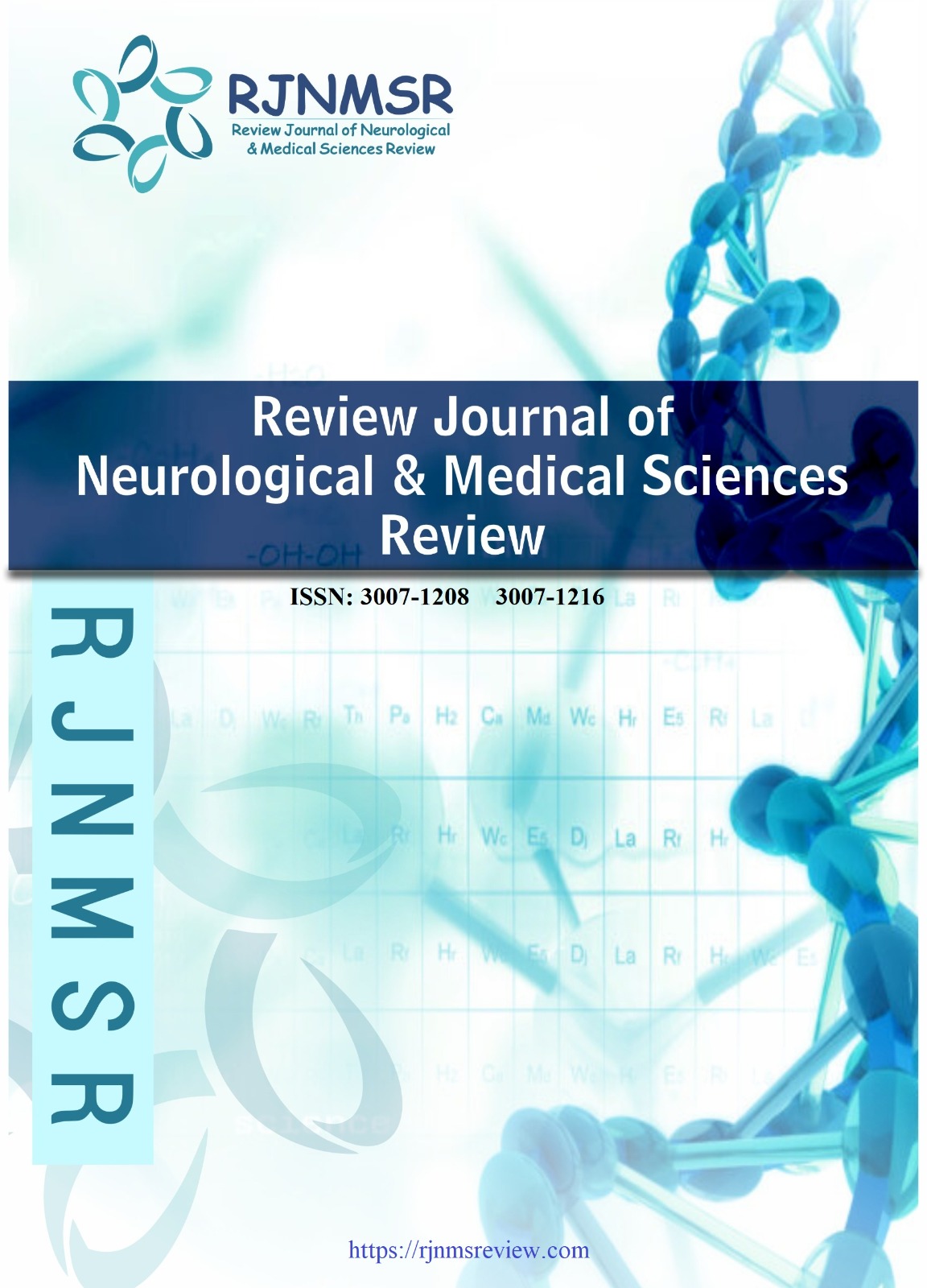DIAGNOSTIC PATTERNS IN HYSTEROSALPINGOGRAPHY A COMPARATIVE STUDY OF THE MOST COMMON UTERINE AND TUBAL ABNORMALITIES
DOI:
https://doi.org/10.63075/h36jkp29Keywords:
Hysterosalpingography (HSG), Uterine abnormalities, Tubal blockages, Female infertility, Pakistan, Diagnostic imagingAbstract
Background: Infertility affects 8–12% of couples worldwide, imposing emotional, social, and economic costs. In Pakistan, cultural expectations around childbearing often delay clinical evaluation until multiple years of unsuccessful attempts. Accurate differentiation between uterine versus tubal causes is critical to guide treatment—misclassification can lead to unnecessary interventions. Objective: The purpose of this study is to use hysterosalpingography as a diagnostic tool in order to identify, evaluate, and compare the most commonly reported uterine and tubal abnormalities. Methods: This retrospective cross-sectional study included 200 patients from 20 to 45 age group with the history of uterine and tubal abnormalities by hysterosalpingography. X-ray machine was used and procedure was performed by technologist and reporting has been done by radiologist. Data analysis was performed using software SPSS v25.0. Results: A total sample of 200 cases of uterine and tubal abnormalities has been included. The prevalence of these abnormalities varies by age group with the highest prevalence in the 26 – 35 years age range , finding out that in the tubal abnormalities the tubal blockage which is 40% is most common ; 18% hydrosalpinx and in uterine abnormalities fibroids are common which are 35% , then 18% polyps. This shows that tubal abnormalities are more common then uterine abnormalities. Conclusion: HSG effectively identified both uterine (35% fibroids; 18% polyps) and tubal (40% bilateral block; 18% hydrosalpinx) abnormalities in Pakistani women with infertility. Early HSG ideally before age 35 and within four years of infertility onset can detect treatable lesions before advanced pathology develops.Downloads
Published
2025-07-10
Issue
Section
Articles
How to Cite
DIAGNOSTIC PATTERNS IN HYSTEROSALPINGOGRAPHY A COMPARATIVE STUDY OF THE MOST COMMON UTERINE AND TUBAL ABNORMALITIES. (2025). Review Journal of Neurological & Medical Sciences Review, 3(3), 102-107. https://doi.org/10.63075/h36jkp29

